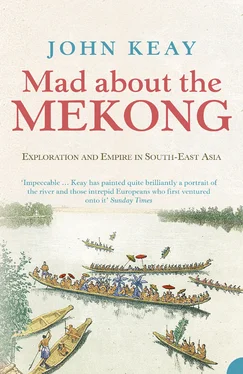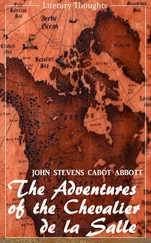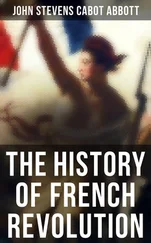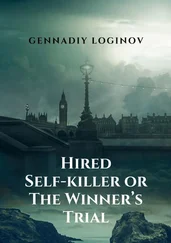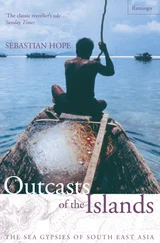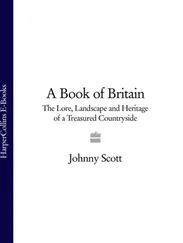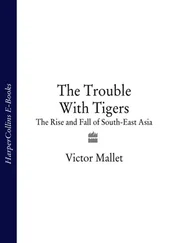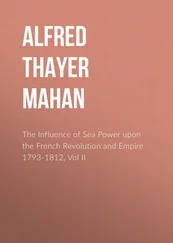The Khmer Rouge called their collective and depersonalised leadership the Angkar, which is usually translated as ‘the Organisation’. Organisation was precisely what it failed to provide. Allied to a lethal ideology, it was sheer inefficiency that turned the country into an abattoir. Although the numbers are disputed, the human death toll ran into seven figures; so, at the time, did the country’s total population. But a tragedy on such a scale will ever be incomprehensible if reduced to newsworthy trivia about people eating bugs.
For about nine years (1970–79) – five in partial control of the country and four in power – the Khmer Rouge set about the killings in the fields and the torturings in the camps with a ferocious intensity. Society had to be cleansed of those elements tainted with the ‘bourgeois criminality and debauchery’ of previous regimes. Cambodia must start again from ‘year zero’, building a socialist utopia based on the labour of the masses divided into agrarian communes. No wages would be needed; the Angkar would provide food according to need from the collective pool. State centralism was designed to protect the masses from exploitation, not to appropriate the fruits of their labour. And as dictatorial regimes go, that of the Khmer Rouge was indeed a model of incorruptible probity. Its leaders lived simply, extravagant consumption was unknown, and the revolution itself was subjected to relentless and mind-numbing analysis. The scrutiny, like the savagery, was always devastatingly sincere.
But in this excess of method lay utter madness. During a speech delivered in 1977, Pol Pot could congratulate ‘the great mass movement’ on having liquidated ‘the exploiting classes’ while in his next breath calling for a population of ‘fifteen to twenty million’. Having decimated the nation he demanded that it double. Years of civil war had already traumatised the country. US bombing had perforated the paddy fields and destroyed embankments, like those along the Tonle Sap river, by which floodwater was funnelled to crops. The ground fighting had dislocated vital distribution systems, like that of the Tonle Sap’s yield of fishy protein. Hundreds of thousands had flocked from the countryside to Phnom Penh for sanctuary. When the bandana-ed cadres entered the city in April 1975, they found a vast population that had become entirely reliant on US-aided food imports. These now ceased forth-with. Evacuation was the logical response.
The failure was not of logic but of logistics. In the absence of transport, shelter, medical facilities or adequate food, the evacuees were marched into the wilderness and there marooned to die of a combination of overwork, undernourishment and malaria, or to be systematically liquidated as scapegoats for the regime’s rank incompetence. Countryman killed countryman, neighbour neighbour, and cousin cousin not in the cold conviction of a racial holocaust but in a fight for survival born of mutual destitution and paranoia.
It ended when in 1979 the Angkar was ousted from Phnom Penh by a Vietnamese invasion that imposed its own regime under Heng Samrin, a Hanoi puppet. Seeking to legitimise itself, the new regime lit on the idea of publicising the atrocities of its predecessor. Former interrogation centres were reopened as tawdry holocaust museums; mass graves were exhumed and the bones, after being sorted into skulls and limbs, exhibited by the nearest roadside. As journalists began to trickle back into the country, Cambodians were encouraged to recall the horrors they had somehow survived. The blame was laid squarely at the door of the leadership as each witness duly told of siblings, parents, friends who had died at the hands of ‘Pol Pot and his clique’. But in reality the killers too were siblings, parents, friends. Thirty years later the survivors and their tormentors still live side by side in the same villages.
Downriver in Vietnam neither better times nor worse block the historical perspective. There the war with the US retains its immediacy, rumbling on not with bursts of resentment or hostility but in a wave of officially sanctioned nostalgia for a time of simple truths and inconceivable sacrifice. Army and air force museums compete for the nation’s affection with war crimes monuments, ‘War Remnants’ museums, theme-parked bunkers, downed aircraft doubling as climbing frames, and whole bazaars devoted to recycled armaments and US military memorabilia. With a reverence that would not be misplaced in the Uffizi, schoolchildren join veterans to study the photos – torture cages, dead and disfigured American airmen, defoliated villages, raddled call-girls. Thirty years on, and the war is still paramount in the national psyche. As a defining moment in Vietnamese history the fall of Saigon in 1975 ranks with the fall of the Bastille in French history.
But upriver in Cambodia memories of the carpet bombing initiated by Nixon and Kissinger have been swept under mats stiff with fresher bloodstains. Some of the craters left by the B-52s are now fishponds; others, after serving as receptacles for the harvest of the Killing Fields, have been reopened as genocide sites. Pol Pot’s pogrom obstinately blocks the historical perspective. ‘Year zero’ remains the psychological backstop of modern Cambodia’s calendar, and today’s government ministers, some of them tainted with Khmer Rouge associations, others with Vietnamese collaboration (and Prime Minister Hun Sen with both), naturally stall over bringing the killers to justice. They also agonise over the nation-building role to be accorded to the death camps and the mass graves. The exhumed skulls are still stacked by the roadside like bleached watermelons; but the visitors are mostly foreign tour groups and the souvenir potential is limited. Pol Pot is dead, but life does not go on.
The unbearable burden of recall placed on survivors of a conventional holocaust would be a relief to the survivors of a self-inflicted genocide. With no one to blame but themselves, Cambodians seem still to teeter on the edge of a pre-dug grave, restrained only by the presence of international agencies and the promise of foreign investment. The trees trill with the deafening protest of unseen insects. The earth smells of blood. Seeing the country as other than the site of a holocaust proves nigh impossible. A ‘heart of darkness’ horror occludes the charm; and the innocence of a natural paradise is irretrievably tainted by the horrors of its fall. As for the dozy colonial outpost that was Phnom Pehn whence in 1866 the Mekong Exploration Commission ventured into the unknown, it simply beggars conception.
Though Louis de Carné characterises the expedition’s stay at Angkor as a week of ‘painful trips and incessant study’, to Francis Gambier it had been more like a holiday. He would later complain that the time might have been better spent chasing up supplies and intelligence and preparing the subordinate members of the expedition for the rigours ahead. Instead, they pursued their individual interests. Lagrée archaeologised, Joubert geologised, Delaporte drew, Garnier mapped and de Carné moped. Only Dr Thorel did nothing; supposedly the best acclimatised of them all, he was the first to go down with dysentery. The others nursed him as best they could while they took the measure of one another. A routine of sorts was established in which each day ended with a round-the-campfire discussion on some weighty, if not philosophical, matter.
On 1 July they struck camp and headed back to the Mekong across the Great Lake and up the Tonle Sap river. This time it was definitely ‘up’ the Tonle Sap river, because Garnier noted that the waters had so risen during their absence that Kompong Luang, where Lagrée had his house, had become an island. Just above Phnom Penh, and perhaps where today the river-cruisers tie up, the little gunboats were moored and the expedition’s stores stowed aboard one of them.
Читать дальше
